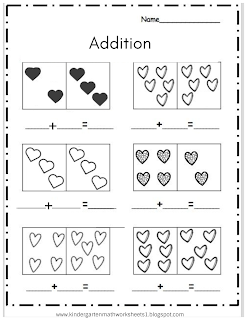Teaching the English alphabet to kindergarten students can be an exciting and engaging experience. Here are some effective strategies and activities to help you teach the English alphabet to young learners:
How to teach english alphabet for kindergarten
1. Use Visual Aids:
Use colorful posters, flashcards, or an alphabet wall display to introduce each letter of the alphabet. Make sure the letters are large, clear, and visually appealing.
2.Sing Alphabet Songs:
Singing alphabet songs like the classic "ABC Song" can be a fun way to introduce the alphabet. Encourage students to sing along and practice the order of the letters.
3. Read Alphabet Books:
Read picture books that focus on the alphabet. Look for books where each page features a different letter and a corresponding image.
4. Alphabet Games:
Play games that involve letter recognition. For example, you can have an "alphabet scavenger hunt" where students find objects that start with a specific letter or hide letter cards around the classroom for them to discover.
5. Letter of the Day:
Choose a "Letter of the Day" and focus on it during your activities. Teach students to recognize the letter, say its name, and come up with words that start with that letter.
6. Sensory Activities:
Incorporate sensory experiences into your lessons. You can use materials like sand, playdough, or textured cards to help students trace and feel the shape of each letter.
7. Letter Crafts:
Engage in arts and crafts activities where students can create art using the shape of letters. For example, they can make an "A" with apple prints or a "B" with buttons.
8. Letter Puzzles:
Use wooden or foam letter puzzles to help students practice letter recognition and fine motor skills as they fit the letters into their correct spots.
9. Alphabet Centers:
Set up learning centers with activities related to the alphabet, such as a letter matching game, letter puzzles, or a magnetic letter center.
10.Storytime:
Read alphabet-themed stories that feature characters whose names start with specific letters. After the story, discuss the featured letter and associated words.
11. Interactive Technology:
Utilize educational apps and interactive online resources designed for teaching the alphabet. Some apps and websites offer engaging games and activities for young learners.
12. Letter Worksheets:
Provide simple worksheets that allow students to practice tracing and writing letters. Be sure to make these worksheets visually appealing with pictures and colors.
13. Letter Sounds:
As students become more familiar with the alphabet, introduce letter sounds (phonics). Use simple words and pictures to associate each letter with its corresponding sound.
14. Repetition and Review:
Consistent practice and review are essential. Revisit letters and their sounds regularly to reinforce learning.
15. Celebrate Progress:
Celebrate milestones in alphabet learning with small rewards or certificates. Positive reinforcement can motivate young learners.
Remember that patience and a playful approach are key when teaching the alphabet to kindergartners. Make learning enjoyable and interactive, and adapt your teaching methods to suit the needs and interests of your students.



